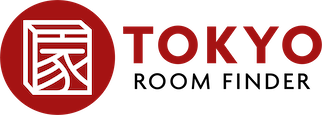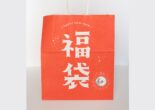Discover how calorie counting in Japan can be easy and delicious thanks to clear nutrition labels, smaller portions, and fresh seasonal foods. Learn tips, apps, and cultural practices to stay fit while enjoying Japanese cuisine.
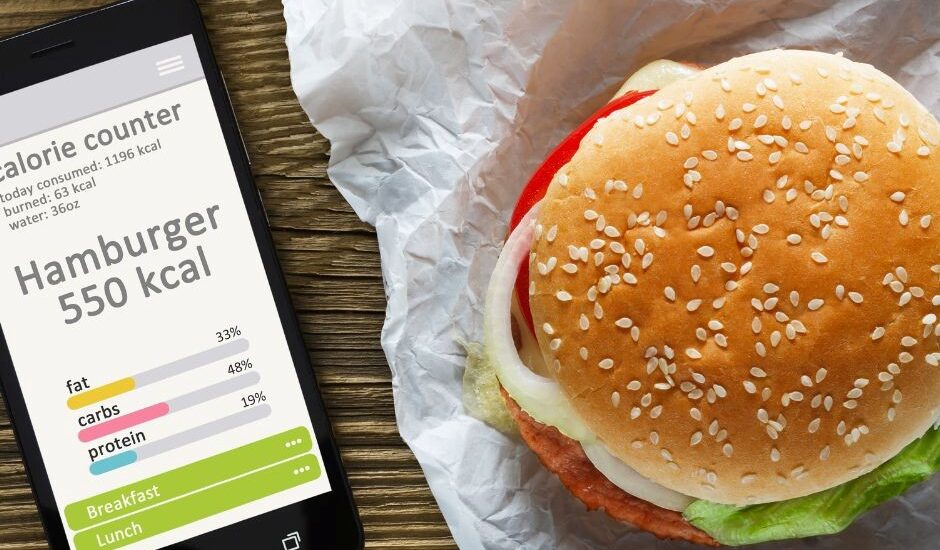
Counting Calories in Japan: A Surprisingly Easy and Delicious Experience
Although Japanese cuisine is recognized as one of the world’s healthiest, you’d be surprised at the sneaky calories and fats when you live or stay in the country long term. That tonkatsu or tempura? A total of 482 calories and 22 grams of fat for a serving of tonkatsu and 260 calories and 15 grams of fat for 4 pieces of ebi tempura.
On the plus side, calorie counting in Japan isn’t as challenging as in other countries because of how food is packaged and the availability of a wide variety of fresh and delicious ingredients. Nutrition labels in Japan are highly detailed, portion sizes are smaller, and there’s a strong culture of seasonal eating and balance, making your journey of staying on top of your daily intake quite efficient and enjoyable.
Why Calorie Counting in Japan is Surprisingly Easy
Here are a couple of reasons why calorie counting in Japan can be a sustainable choice for your lifestyle.
1. Clear nutrition labels on everything
Almost all of Japan’s prepackaged consumable products, like meals, drinks, meats and produce, and snacks, come with nutritional information printed on the packaging. Whether it’s a Family Mart bento or a box of chocolates purchased in a shop, you will find the macros (macronutrients the body needs in large quantities for energy and function) printed on the label. This includes calories (kcal), protein, fat, carbs, and sodium per serving or per 100 grams. You can even find this information on the price tags on convenience store shelves!
2. Portion control is built into the Japanese culture
Unlike extra-large portions in countries like the US, Japanese meals are naturally moderate, even the “oomori” (大盛り or large portion) serving. For example, a bowl of ramen is filling and rarely exceeds 700 kcal, while a typical teishoku (set meal) gives you a balanced dish filled with protein, carbs, and fiber-rich veggies. Plus, they’re delicious!
You also have the concept of “hara hachi bun me” deeply ingrained in Japanese culture and health philosophy, which means to eat until you’re 80% full. This promotes mindful eating instead of stuffing oneself and portion awareness. With that said, a typical everyday meal in calories looks like the following: onigiri (180-220 kcal), salmon bento (450-600 kcal), tonkotsu ramen (550-700 kcal) and miso soup (60 kcal) for a total of 1,580 kcal.
3. Accessible sources of food that fit your intake
Calorie counting in general often gets a bad rap that it’s unsustainable and expensive. However, doing so in Japan is the opposite. Take McDonald’s in Japan, for example. It’s known to use less cheese, sauce, and overall fat compared to other branches abroad. It also imposes stricter quality control and smaller portions, so you don’t feel pressured to finish your food to avoid waste.
Chain restaurants like Sukiya, Ootoya, or Yoshinoya, known for their cheap yet filling meals, also post their calorie counts and a couple of macros like protein and fat on the menu so you can easily decide what to eat to meet your daily intake. Starbucks and McDonald’s in Japan list the full nutrition facts on their menu or online. Low on protein? Perhaps a bowl of gyudon from Yoshinoya, which has approximately 650 kcal, 30 grams of fat, 77 grams of carbs, and 35 g of protein!
Don’t feel like eating out? Calorie counting continues even when you buy a sandwich, soba noodles, salad, yogurt, and a boiled egg at a konbini (convenience store). All the information you need is printed on the labels. Lastly, cooking at home isn’t hard because the ingredients you use also have the necessary details on the label, and you have apps to guide you when it comes to home-cooked meals.
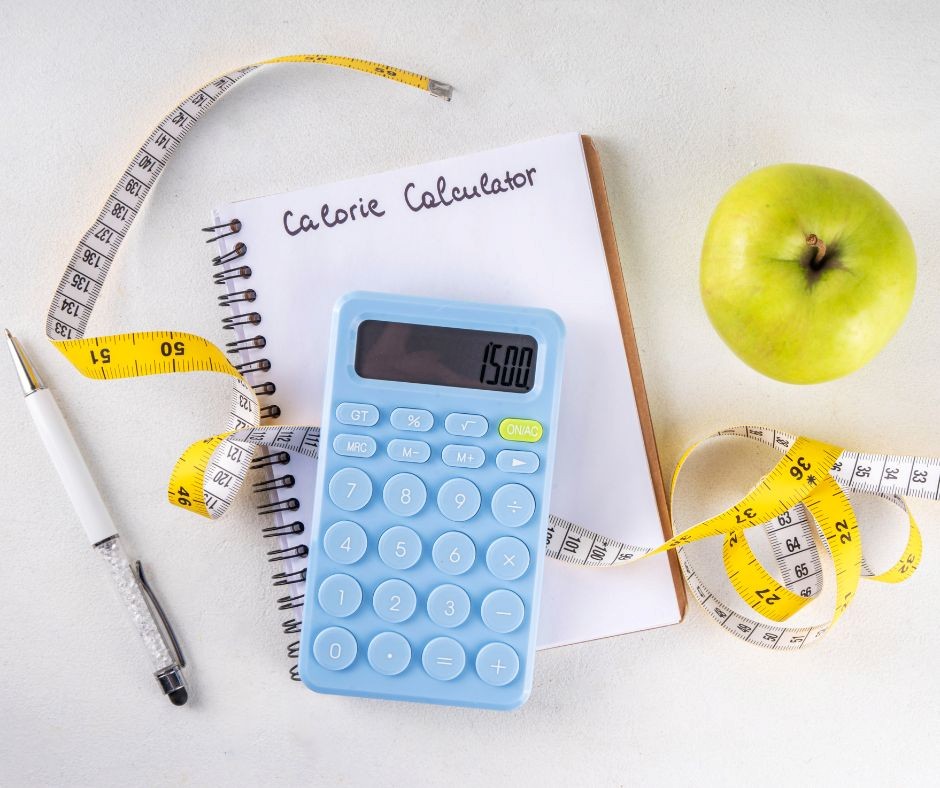
What is Calorie Counting and Why Is It Important?
If you’re new to calorie counting and don’t know where to start, this section is for you. Calorie counting is the simple (might not feel like so at times) act of tracking how many calories (units of energy) you eat or drink in a day. Each person needs a different number of calories daily depending on their age, gender, activity level, and personal goals (fewer calories if you want to lose weight, meeting your daily needs for maintaining weight, or exceeding your daily needs if you want to gain weight).
People count calories to better understand how much they’re eating, because calories are sneaky bastards! Those who start are often surprised at how many or how few calories a certain food has. Calories are also counted to support weight loss, gain, or maintenance and to ensure that you’re eating balanced meals with the right nutrients, because calorie counting goes beyond just calories but into macros (carbs, fats, and proteins) and micros (needed in smaller amounts like vitamins and minerals to prevent deficiencies).
Lastly, calorie counting is one of the best ways to avoid overconsumption because you have more control over your diet. Once you’re aware of the calories you’re consuming, it’s easier to make the necessary changes, whether to take more or less, depending on your goals.
Best Apps for Tracking Calories in Japan
Thanks to technology, calorie counting has never been easier. You don’t even need to make a separate Excel sheet with your usual meals and list down the nutrition facts there. Take it from me, a chef, baker, and foodie, who often invents new dishes to ensure all leftovers in the fridge are used. I thought calorie counting would be an impossible feat because of the wide variety of ingredients I use and my inability to let go of my calorie-dense favorite food. I’m sure you’ve seen fit influencers on social media counting calories like it’s nothing when they’re meal prepping the same “chicken breast-broccoli” combo for the week.
So if you’re in the same boat as I am, the apps listed below will make your calorie tracking quick, visual, and even fun. Did you know you can simply scan the barcode on the packaging of what you’re going to eat or drink then the app will pull out all of the details for you? Yup, I spent a good hour scanning away when I discovered this. What’s more, artificial intelligence even helps you identify the nutrition facts of the prepared meal you’re about to eat with a simple photo.
Whether you’re eating at home, grabbing your favorite salmon onigiri at 711, or trying out a new restaurant, here are some of the best calorie counter apps that work well in Japan.
1. MyFitnessPal
As one of the most comprehensive apps for tracking macros and calories from food, this app gives you everything you need to crush your fitness goals – from logging food intake, completed exercises, and tracking calories. What’s more, the app can be synced to many other apps, such as Apple’s Health app, so you don’t need to log in the numbers manually. The app can also scan most of the barcodes on Japanese products and instantly show you the nutrition facts.
2. Lose It!
This is another comprehensive app that makes calorie counting more sustainable. Thanks to AI, the app can also scan a photo of your meal and give you the nutrition facts. If you want to learn about your fitness journey, the app has a dedicated section for relevant and helpful articles like “Want to work out 6 days a week? Here’s how you do it” or “Why your ribs hurt after doing sit-ups.”
3. Odekake My Melody
If you want to ease your way into calorie counting from your daily activity levels, such as steps taken and the corresponding calories burned, then this app is for you. It’s ultra kawaii because the app is everything My Melody.
4. Yazio
Yazio is another comprehensive calorie tracker app that is compatible with Japanese products. You can scan barcodes or snap a photo to get the nutrition facts. The app also gives you access to more than 2,500 recipes to try and add your own to the database. Another unique feature of Yazio is that it can track intermittent fasting, whether 16:8, 5:2, 14:10, and so on. It will notify you when it’s time to eat and when you’re in your fasting window.
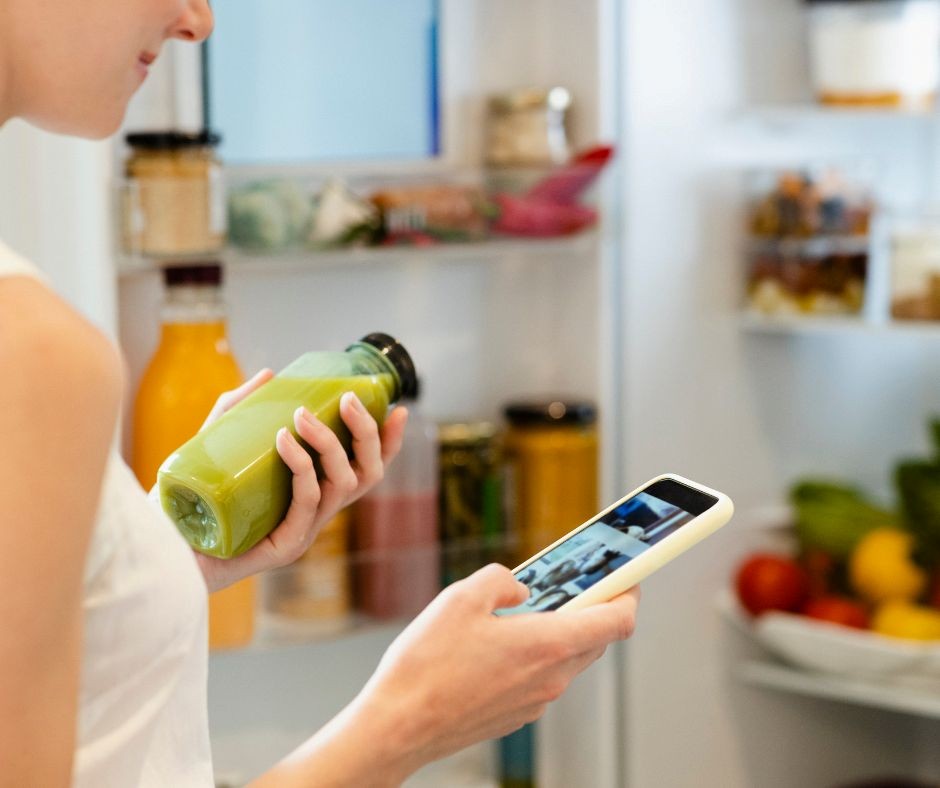
Understanding Japanese Food Labels
Ready to learn new Japanese terms? Here is the common Japanese nutrition labels list per 100g or per package, which you will memorize quickly, thanks to how often you’ll be looking at them.
- エネルギー (Enerugī) = Calories
- タンパク (Tanpaku) = Protein
- 脂質 (Shishitsu) = Fat
- 炭水化物 (Tansuikabutsu) = Carbohydrates
- 皮脳 (Hinō) = Fiber
- 素塩相当量 (Sogen Sōtōryō) = Salt equivalent
Tip: Look for “一個当たり” = per unit/serving
Cultural Tips to Help You Stay Fit
1. Eat like a local
Perhaps the easiest way to start on your calorie-counting journey, if you’re open to trying new flavors, is to eat like a local. The traditional Japanese diet is already very balanced, featuring fish, miso, rice, fermented vegetables, and light broths, all of which are low in added sugar and oils. For example, you can go to the ready-to-eat meals section at a supermarket and choose a bento with a main dish like grilled salmon that comes with side dishes.
2. Hara Hachi Bun Me
It might be difficult at first, but the cultural practice of eating until 80% of full capacity will definitely help convince your body that moderation isn’t a bad thing. Your “intake limit” or your stomach capacity will then decrease, making it easier to reach your weight loss goals.
3. Keep fiber and volume in mind
Despite portion sizes being smaller in Japan, the meals you get often emphasize low-calorie foods like cabbage, daikon, or konnyaku, which help keep you full longer without the spike in calories. Thanks to the readily available meals or ingredients that are jam-packed with fiber, protein, and other essential nutrients, you can meet your fitness goals, whether to lose, maintain, or gain, while implementing hara hachi bun me.
Simple Tips to Cut Calories When Eating Out
Once you start tracking calories, the practice can be quite addicting and frustrating if you eat out and don’t know what to get to stay within your daily limit. Here are a couple of tips and tricks to store up your sleeves:
- Don’t finish the broth in ramen, which instantly cuts up to 150kcal.
- Always choose grilled over fried to cut extra calories and fat.
- Look for the small description under each menu item for the nutrition facts or at the very back of the menu for a QR code of the restaurant’s website with a more detailed breakdown of the information you need. If all else fails, scan away with your calorie counter app.
- Add extra greens or a side salad to help you stay full longer.
- Ask for less rice (“gohan sukuname”) to reduce unnecessary carbs.
- Choose clear soups like miso, for protein and probiotics, instead of creamy ones, which have a higher carb and fat content.
Sample Day: Calorie Counting in Japan
|
Meal |
Food |
Estimated Calories |
|
Breakfast |
Konbini onigiri, boiled egg, and black coffee |
~300kcal |
|
Snack |
Protein yogurt drink |
~130kcal |
|
Lunch |
Sukiya beef bowl (regular) with miso soup |
~650kcal |
|
Snack |
Edamame cup and green tea |
~120kcal |
|
Dinner |
Grilled salmon teishoku |
~600kcal |
|
Total Calories |
|
~1,800kcal |
It’s All About Balance and Awareness
Calorie counting in Japan isn’t about being hard on yourself and counting every calorie that you consume. It’s more about being aware and staying in control over what you eat based on your clear goals. It’s not about saying goodbye to your favorite food (which is very hard to do with Japanese cuisine!), but learning how to incorporate cheat days into your routine.
Whether your goal is losing, maintaining, or gaining weight, calorie counting in Japan is accessible, very intuitive, and often delicious. Remember to stay hydrated and have fun on your journey!
Stay tuned for more exciting content like this! Follow us on our social media platforms and check out our blog regularly to stay updated on the latest news, trends, and insider stories from Japan. Don’t miss out on future updates — sign up for our newsletter for exclusive content delivered straight to your inbox!
Related Articles
Warning: Undefined array key "sfsi_threadsIcon_order" in /home/veremosglobal/tokyoroomfinder.com/public_html/blog/wp-content/plugins/ultimate-social-media-icons/libs/controllers/sfsi_frontpopUp.php on line 165
Warning: Undefined array key "sfsi_blueskyIcon_order" in /home/veremosglobal/tokyoroomfinder.com/public_html/blog/wp-content/plugins/ultimate-social-media-icons/libs/controllers/sfsi_frontpopUp.php on line 170
Warning: Undefined array key "sfsi_bluesky_display" in /home/veremosglobal/tokyoroomfinder.com/public_html/blog/wp-content/plugins/ultimate-social-media-icons/libs/controllers/sfsi_frontpopUp.php on line 266
